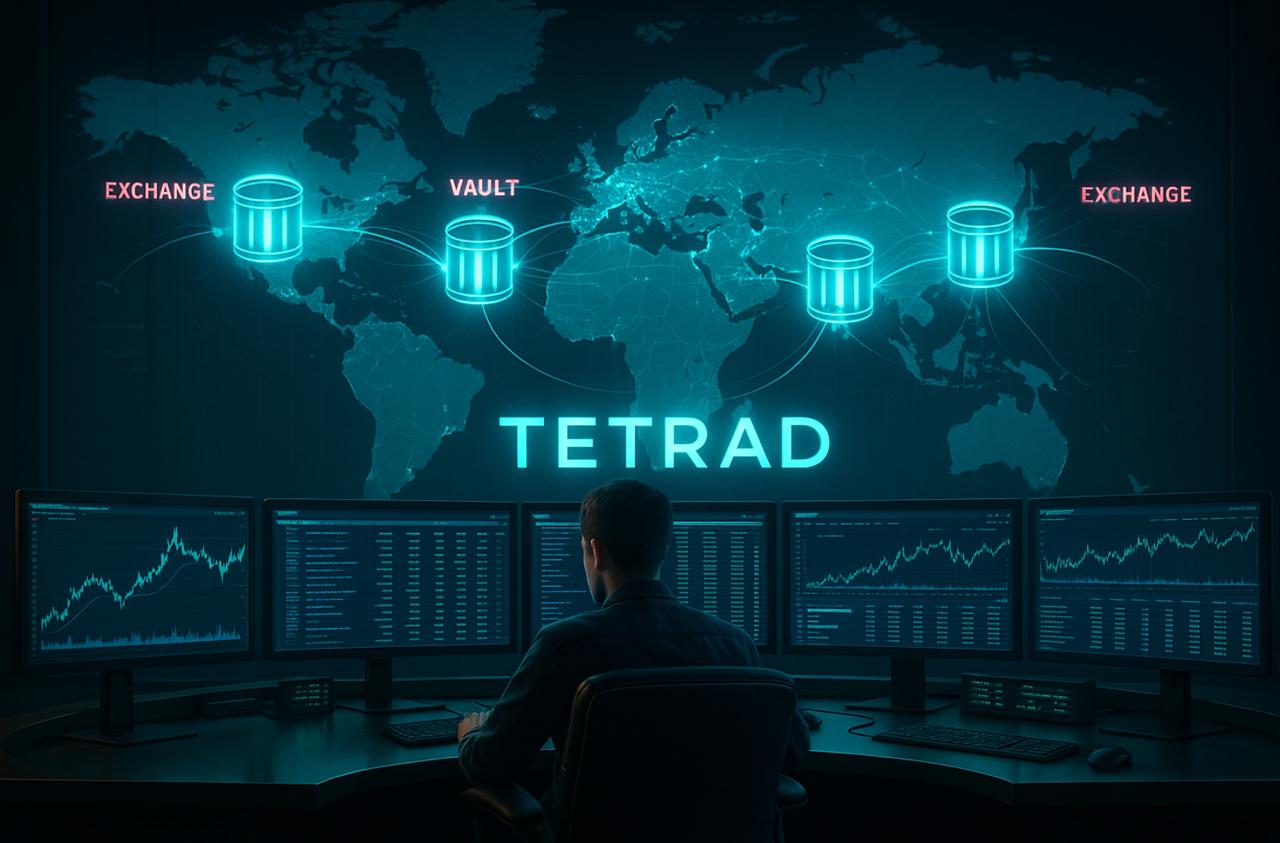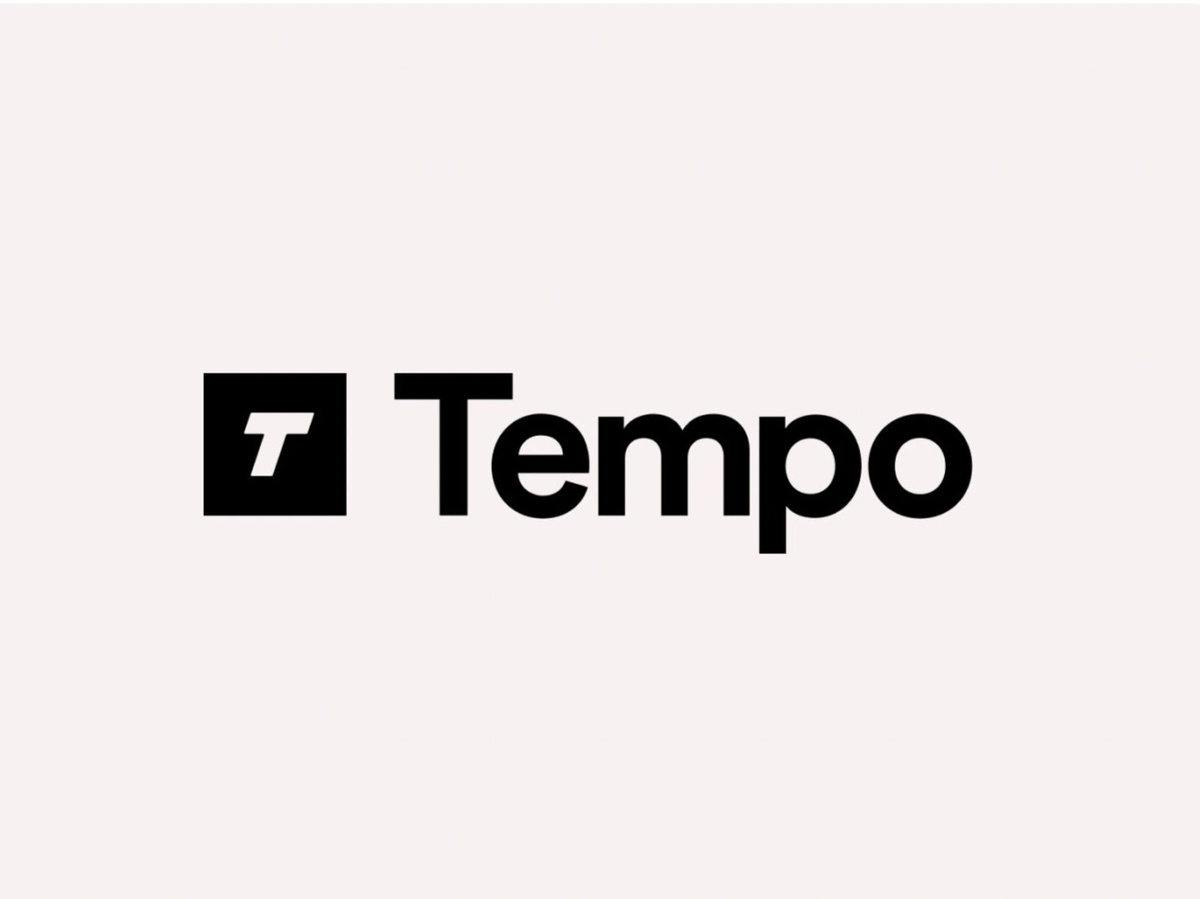The Ethereum blockchain is on the cusp of a transformative era, heralded by the recent focus of Vitalik Buterin, its co-founder, on the evolution of ERC-4337. This development is not just a technical update; it’s a paradigm shift towards account abstraction, a concept set to redefine user interactions with the blockchain. By addressing core issues while ensuring decentralization and censorship resistance, ERC-4337 emerges as a beacon for innovation, influencing not only Ethereum but the broader digital currency ecosystem.
ERC-4337 introduces a mechanism where users can anticipate the inclusion of their transactions in the blockchain simply by adhering to the fee market, eliminating the need for central authorities or complex reputation systems.
This autonomy enhances the blockchain’s accessibility, making it a more user-friendly platform. The distinction ERC-4337 makes between the validation and execution of transactions fortifies the network against DoS attacks, thereby bolstering its reliability and efficiency.
One of the hallmark features of ERC-4337 is the introduction of the “Paymaster” component, which parallels the effort to mitigate unhealthy elements in a system, akin to removing unhealthy fats to combat obesity. This feature allows for diverse payment arrangements, facilitated by entities that take on transaction costs for users, thereby expanding financial inclusivity. The trust placed in these Paymasters is crucial, highlighting the importance of rigorous oversight to preemptively address potential issues.
Another significant advantage of ERC-4337 is its signature aggregation capability. By integrating with rollups, ERC-4337 significantly reduces the amount of on-chain data, leading to considerable cost reductions. This efficiency gain is particularly relevant in the context of Ethereum’s ongoing struggle with scalability and high transaction fees.
Despite its benefits, ERC-4337 is not without limitations. It is primarily designed for the issuance of new coins and supports only basic wallet functions. To bridge these gaps, additional protocols such as EIP-3074 or EIP-5003 are being explored. These challenges notwithstanding, the integration of ERC-4337 with other proposals marks a significant step toward achieving account abstraction, offering a glimpse into a future where Ethereum can support a more scalable infrastructure with minimal user friction.
As Ethereum continues to evolve, the successful implementation of ERC-4337 and related innovations could significantly lower barriers to entry for users and developers alike, fostering a more inclusive and efficient blockchain ecosystem.
The journey towards a fully abstracted account model is fraught with technical hurdles, yet the potential rewards—a blockchain that is both more accessible and robust—make this endeavour a pivotal moment in Ethereum’s history.











